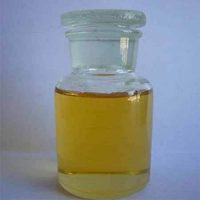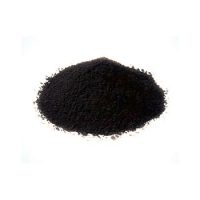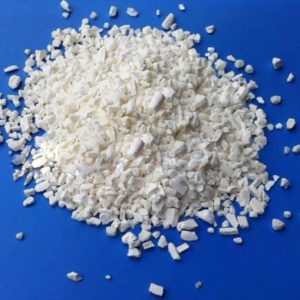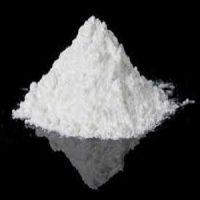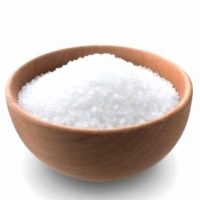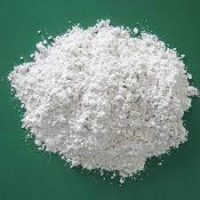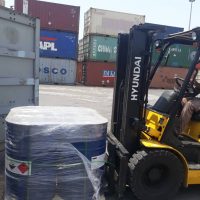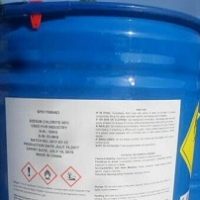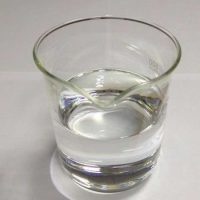Ammonium Chloride
- CAS Number: 12125-02-9
- Appearance: Solid
- Purity:%
- Made in: China
- Phone Num : +86-2150591759
- E-mail: info@shanghaimetex.com
- Description
- analysis
Description
Ammonium chloride is an inorganic chemical compound with the chemical formula NH4Cl. This compound is a white crystalline solid that is soluble in water and can be easily dissolved in water to give acidic properties to the solution.
Ammonium chloride is also known as Sal ammoniac, which is composed of an ammonium salt and hydrogen chloride. this inorganic compound is formed by burning dumps from the condensation of coal-derived gases.

This product is mostly used in the agricultural industry and the production of chemical fertilizers.
Physical and chemical properties:
Ammonium chloride in standard conditions is in the form of white solid crystals that are odorless and have a salty taste. This inorganic compound is easily soluble in water and can be used both industrially and in food.
| Chemical formula | NH4Cl |
| Molar mass | 53.49 g·mol−1 |
| Appearance | White solid, hygroscopic |
| PH | 4.6 to 6.0 |
| Odor | Odorless |
| Taste | saline |
| Density | 1.519 g/cm |
| Melting Point | 338 |
| Boiling point | 520 |
| Solubility in water | 244 g/L (−15 °C)
294 g/L (0 °C) 383.0 g/L (25 °C) 454.4 g/L (40 °C) 740.8 g/L (100 °C) |
| Solubility | Soluble in liquid ammonia, hydrazine,
Slightly soluble in acetone Insoluble in diethyl ether, ethyl acetate |
| Color | Colorless crystals or crystalline masses, or white, granular powder |
| Form | crystals |
|
Chemical Structure Depiction |
 |
Other names:
Sal ammoniac, Salmiac, Sal Armagnac, Salt armoniack, Salmiak
The structure of ammonium chloride:
In the structure of ammonium chloride, cation NH4+ occupies the center of the cell and is able to hydrogen bond with Cl– ions at the corners of the cell.

Ammonium chloride production process:
-Ammonium chloride is produced by the reaction between hydrochloric acid and ammonia:
NH3 + HCl → NH4Cl
During this reaction, a large amount of heat is released and cooling systems must be used to eliminate it.

– In the process of carbonate production, a by-product called ammonium chloride is formed:
CO2 + 2 NH3 + 2 NaCl + H2O → 2 NH4Cl + Na2CO3
This method is used to minimize the release of ammonia in some industrial operations.
-Ammonium chloride and sodium sulfate are produced by the reaction between sodium chloride and ammonium sulfate:
(NH₄) ₂SO₄ +2 NaCl→2 NH4Cl+ Na2SO4
The by-product of this reaction is sodium sulfate and is precipitated from the product.
-Ammonium chloride also occurs naturally on volcanic rocks near the crater of the volcanic mountains.

Applications and Uses of ammonium chloride:
Ammonium chloride has a wide range of applications in various industries:
In agriculture: Its main application is as a source of nitrogen supply in agricultural fertilizers.
Chemical industry: Used in research laboratories as a cooling agent to lower the temperature of various systems.
Ammonium chloride solutions with ammonia are also used as buffers.
Inorganic syntheses, saturated ammonium chloride is used to quench reaction mixtures.
In medicine: It is used as an expectorant in syrups and cough medicines to help relieve cough. ammonium salts irritate the gastric mucosa and may cause nausea and vomiting.
It is used to treat metabolic alkalosis. This compound is an acidic salt and may be found in the human body and urine. Ammonium chloride regulates PH and has a modest diuretic effect.
It is used to treat low chloride levels in the blood.
In food: This salt called Sal ammonia is used as an additive in food such as bread.
in bread as a yeast nutrient.

It is also given to cattle as a feed supplement.
In Pharmacy: It is used to production of drugs such as antibiotics to make the body resistant to bacteria.
In the textile industry: This inorganic compound is used as a dye for cotton and leather.
Other applications include:
In hair shampoo, the glue that bonds plywood and cleaning products is also used.
Safety information of ammonium chloride:
Exposure to ammonium chloride vapors is dangerous. It causes shortness of breath, cough, nausea, headache, and dizziness. Also, constant exposure to this substance irritates the eyes and causes an asthma-like allergy.
When using this chemical combination, observe all safety points.
First-aid measures:
Skin Contact: Immediately flush skin with water.
Inhalation: move the person to the fresh air.
Eye Contact: Rinse eyes with water for at least 15-20 minutes.

Packing and storage:
Store in a cool, with proper ventilation, away from heat and direct sunlight.
analysis


